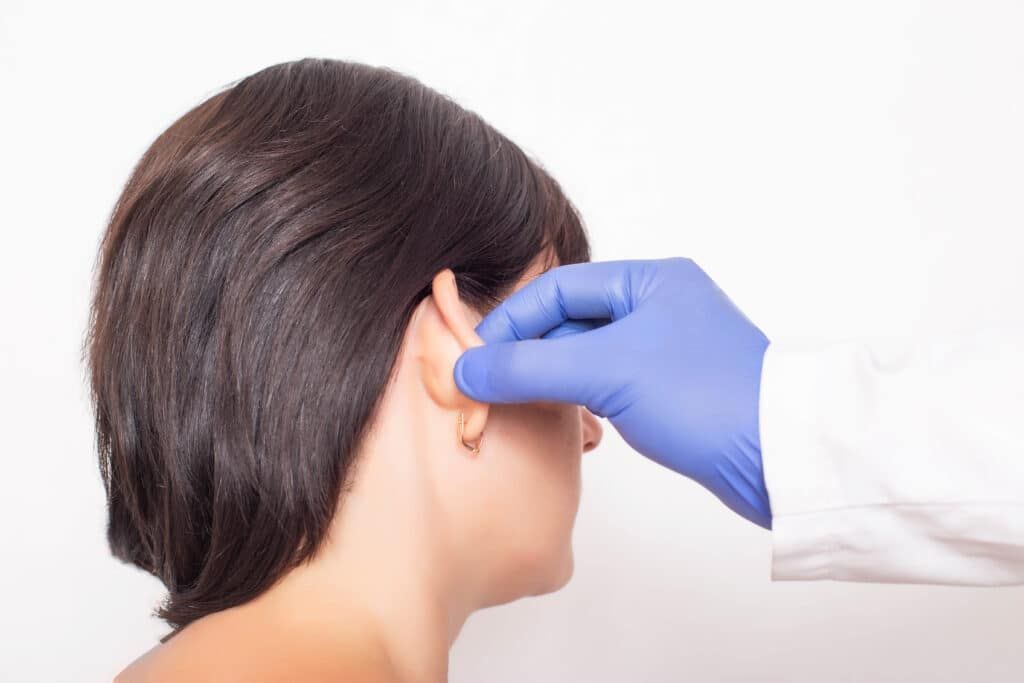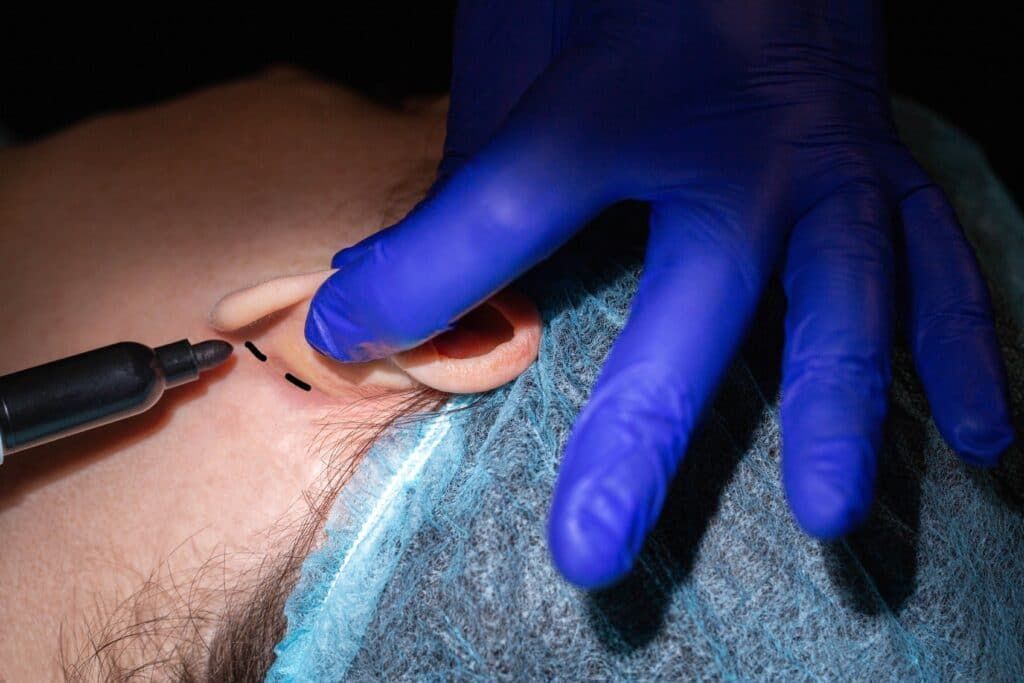
Otoplasty: everything you need to know about this cosmetic surgery
Otoplasty: everything you need to know about this cosmetic surgery
L’otoplasty Otoplasty consists of correcting the malformation of the auricle, better known as protruding ears. Often mocked, protruding ears can be a physical as well as a psychological embarrassment. To put an end to your complexes, here is everything you need to know about otoplasty and the process of this cosmetic surgery.
What is otoplasty ?
Otoplasty is therefore a a surgical procedure that will reshape the auricle to correct this “detached” aspect. The surgery intervenes on the different cartilaginous structures of the auricle.
As a reminder, theanatomy of the ear is divided into 5 parts, namely :
- The helix that forms a sort of bulge at the edge of the auricle.
- The anthelium which is located at the periphery of the helix, before the concha.
- The concha, which is the hollow part of the external ear and which leads to the external auditory canal.
- The tragus, which is the protruding part that protects the ear canal.
- And the lobe, which is the lower, flexible part of the auricle.
Detached ears is a generic term that includes three types of malformations :
- Absence of folding of the anthelix: the Y-shaped fold is absent here, giving a flat and smooth appearance to the ear.
- A valgus of the concha or its hypertrophy, giving the impression that the ear is projected forward.
- A valgus of the lobe where the lobe is too loose.
Reconstructive surgery is usually performed on both ears at the same time, it is then referred to as “bilateral otoplasty”bilateral otoplasty. However, sometimes it is only unilateral when the harmony of the face is impacted by a malformation on only one ear.

How does an otoplasty work? ?
As with all cosmetic surgery procedures, only specialist surgeons such as a plastic surgeon or an ENT maxillofacial surgeon can perform an otoplasty. The advantage of otoplasty is that it is a simple procedure accessible to all, adults and children, and this, from a very young age. It can even be performed on children from the beginning of the first grade to avoid possible mockery, which can have serious psychological consequences.
However, practitioners advise waiting until the age of 7 to consider cosmetic surgery, an age that corresponds to the end of the ear’s growth.
Before otoplasty
During the preoperative appointment with the surgeon, he will perform an examination of the skin and the ear examination and photographic assessment of the ears of the patient, as well as a blood test. This first consultation also allows the practitioner to determine the motivations of his patient and to make a complete diagnosis. At the end of the interview, the doctor will give you a report on the situation detailed estimate.
During otoplasty
The operation is done on an outpatient basis, which means that you leave the same day as your operation. An overnight stay in the hospital is possible, but remains exceptional.
Depending on your profile, the anesthesiologist will proceed either to :
- A local anesthesia that makes the operated area insensitive.
- Vigilant anesthesia, which combines local anesthesia and intravenous tranquilizers in adult patients when the operation is long.
- A general anaesthetic in children when the operation is long.
Once the patient is anesthetized, the surgery can begin. The cosmetic surgeon then incises the skin in the retroauricular fold, at the back of the ear, to access the cartilage. He then removes the skin and Remodeling of the cartilage by rasping (Stenström technique) or by placing non-absorbable sutures (Mustardé and Furnas technique).
At the end of the reconstruction, the surgeon sutures the skin with absorbable stitches, and then dresses with compresses. Elastic bands are then placed around the head to keep the ears in the right position.
How much does it cost to have your ears reattached? ?
Otoplasty is a surgical procedure covered by Social Security if it is established that the detachment is proven and presents a social embarrassment.
To know the total amount of your reimbursement, you must send your estimate to your health insurance company.
If the plastic surgery is not covered by the social security system, you will have to pay for it at your own expense and it can range from 900 to 2000 depending on the case and the fees charged by the clinic or the hospital.

What happens after the operation ?
After your ears have been reattached, you will have to follow a few simple steps post-operative instructions :
- Wearing a headband is mandatory for 15 days.
- A work stoppage of 3 to 7 days is strongly recommended.
- Wearing glasses, headphones or earrings, as well as all sports activities are forbidden for two to three weeks.
- It is advisable to avoid the sun or cold and baths until complete healing.
Finally : the first results of a otoplasty are visible around two months after the operation. Complications are very rare, but it is possible that a hematoma may form requiring a reoperation. The pain is moderate and an analgesic treatment is sufficient to relieve it.

